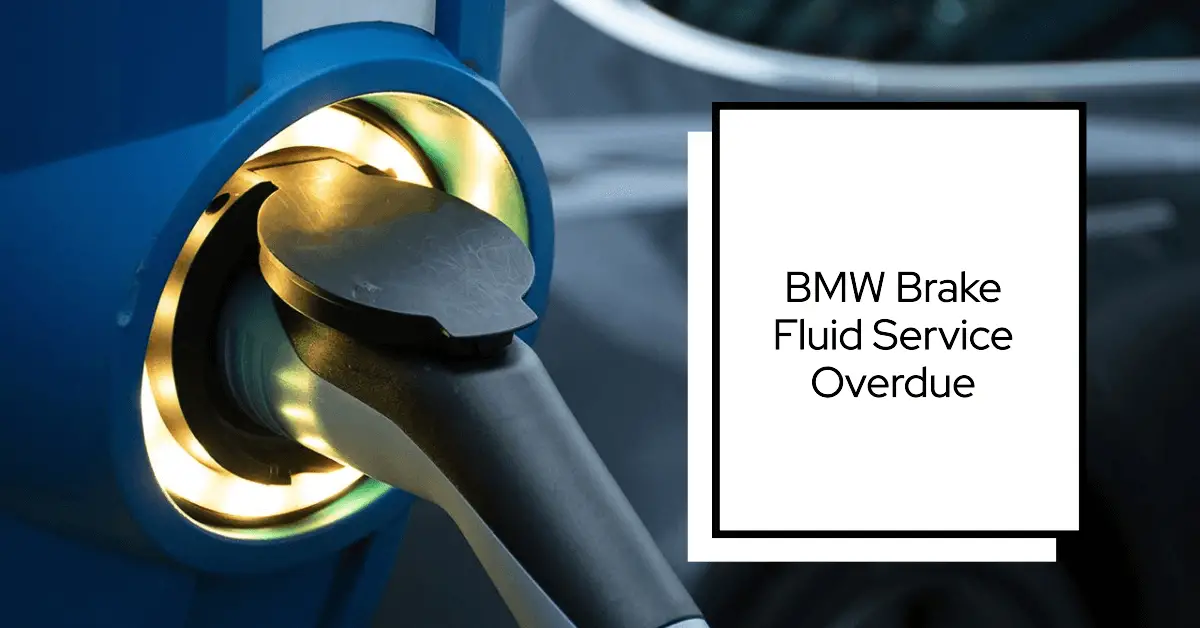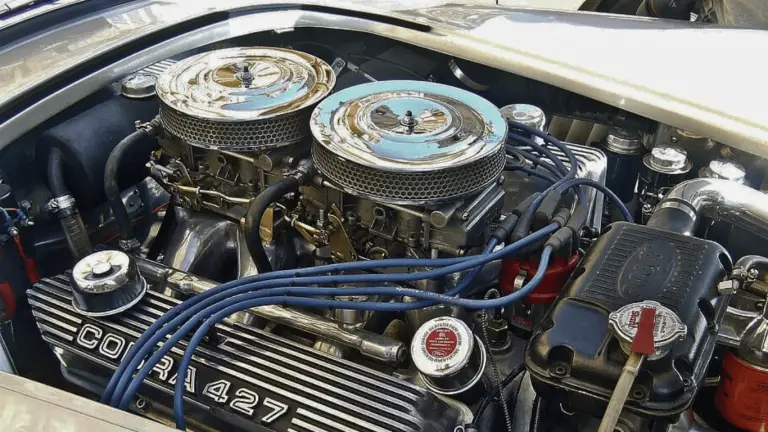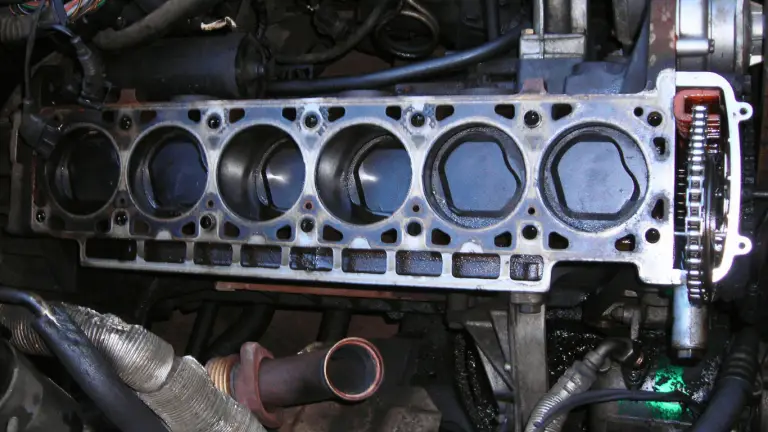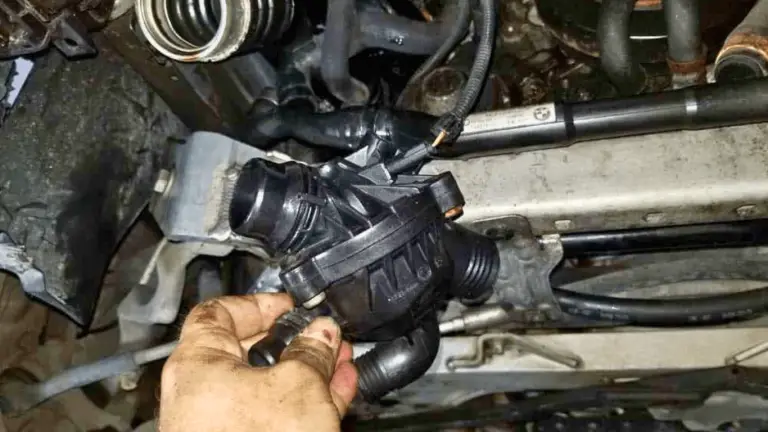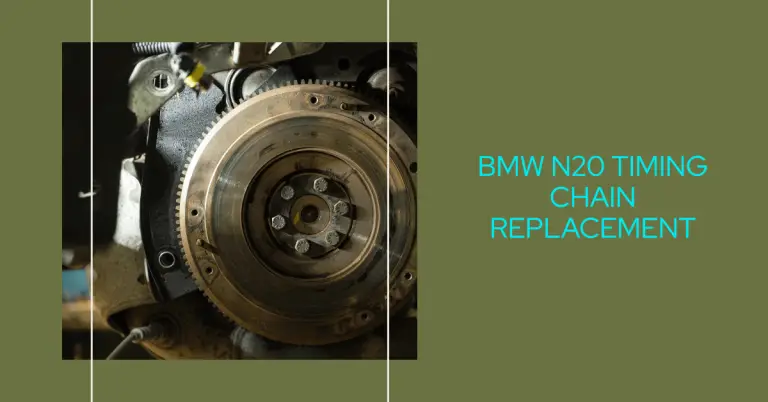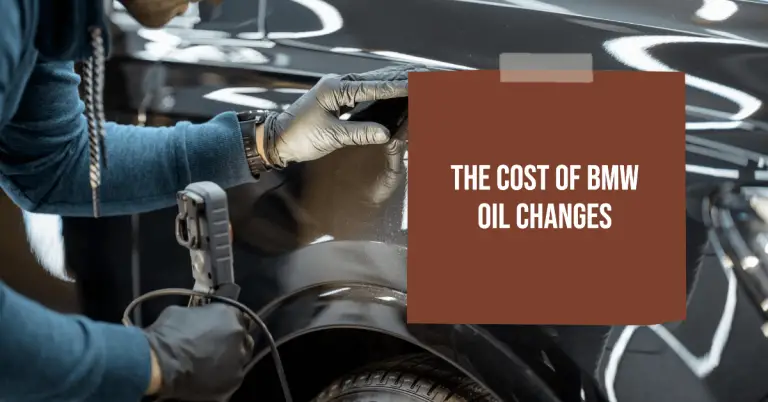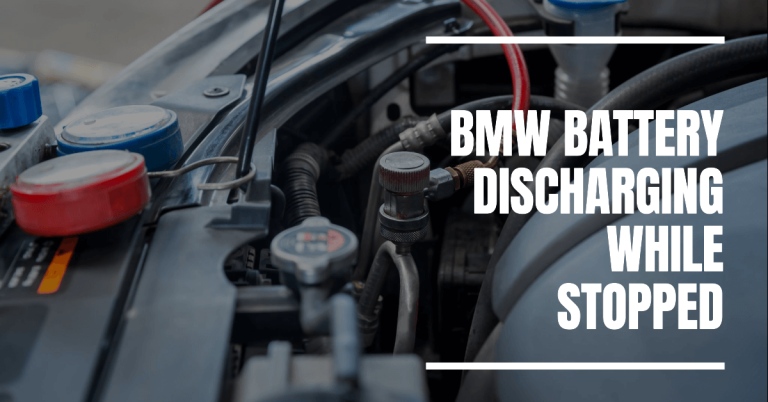BMW Brake Fluid Service Overdue: Why it Matters and What to Do
Driving a BMW is an absolute joy – when everything is working properly. But as your BMW racks up miles, crucial maintenance items like brake fluid service can get overlooked.
Have you seen a “brake fluid service overdue” warning in your BMW? Or noticed your brake pedal feeling soft and spongy lately?
If so, delaying a brake fluid flush any longer can start impacting braking performance and lead to complete brake failure down the road.
This article will cover everything you need to know about BMW brake fluid service:
- Why brake fluid service is so important in BMWs
- Symptoms that your brake fluid is overdue for a change
- Safety risks of putting off brake fluid flush
- A step-by-step DIY guide to performing brake fluid service in your BMW
- Answers to frequently asked questions about BMW brake fluid maintenance
Proper brake fluid maintenance is crucial in a BMW. Read on to learn why it matters, what to look out for, and how to complete this service to keep your BMW’s brakes performing at their best.
Why BMW Brake Fluid Service is Essential?
The brake fluid in your BMW’s hydraulic braking system has an important job – it transmits pressure from the brake pedal to the calipers to slow and stop your vehicle.
Clean, fresh brake fluid is essential for proper braking. Here’s why BMW recommends flushing your brake fluid regularly:
1. Moisture Contamination
Over time, brake fluid naturally absorbs moisture from the air through microscopic pores in the brake lines and internal rubber seals. The more miles and years a vehicle accumulates, the more moisture the fluid absorbs.
This leads to brake fluid becoming contaminated. Too much moisture content in brake fluid will eventually cause corrosion of the brake components and reduce braking performance.
2. Brake System Corrosion
When moisture-contaminated brake fluid flows through the system, it starts corroding critical components like steel brake lines, ABS modulators, control valves, and caliper pistons.
Corroded brake components lead to leaks, sticking pistons, loss of braking power, and complete brake failure. Contaminated fluid must be flushed to avoid corroding expensive brake parts.
3. Prevent Brake Failure
By proactively flushing moisture-laden brake fluid, you keep the system clean and moisture levels low. This prevents corrosion and significantly reduces the chances of sudden brake failure.
Fresh brake fluid also helps keep the seals supple and ensures proper hydraulic pressure is transmitted when you step on the brake pedal.
4. Maintain Optimal Braking Performance
Over time, old fluid also starts to break down at a chemical level. This causes the fluid to absorb more water as it ages.
Replacing degraded brake fluid maintains the hydraulic system’s optimal performance. Your BMW will have firm, consistent pedal feel and the shortest possible stopping distance in an emergency.
Warning Signs Your BMW Brake Fluid is Overdue
How can you tell if the brake fluid in your BMW is past due for service? Here are some common signs:
1. Spongy Brake Pedal
A soft, mushy brake pedal that continues sinking to the floor is a tell-tale symptom of moisture in the brake fluid. Excess moisture leads to a spongy pedal feel.
2. Brake Pedal Goes Low Before Stopping
If you have to push the pedal closer to the floor before the brakes engage and start slowing down, contaminated brake fluid may be causing poor pedal response.
3. Leaking or Low Brake Fluid
Visible leaks around the brake calipers, wheel cylinders, brake lines or the master cylinder reservoir indicate the system’s rubber seals have become damaged from moisture-laden fluid. Damaged seals allow fluid to escape.
4. Brake Warning Light Illuminated on Dash
Modern BMWs have a brake fluid level sensor. If the sensor detects low fluid level, it will trigger the brake warning light on the dash to illuminate. Topping off low fluid is just a temporary fix. A full system flush is required to address the root issue of moisture contamination.
Any of these symptoms indicate your BMW is overdue for brake fluid service. Delaying further may severely compromise braking performance. Schedule a flush service as soon as possible.
Safety Dangers of Delaying BMW Brake Fluid Service
Putting off a brake fluid flush when you notice the above warning signs comes with considerable safety risks:
Longer Stopping Distance
Contaminated brake fluid leads to poor hydraulic pressure delivery throughout the system. Pedal feel suffers and braking distances are increased, which can lead to crashes in emergency situations.
Complete Brake Failure
If left unchanged long enough, moisture corrosion of brake components will eventually lead to catastrophic brake failure. Total loss of braking ability can occur without warning. This turns even routine driving into an extremely hazardous situation.
Expensive BMW Brake Repairs
Allowing contaminated fluid to remain in the system will necessitate repairs like rebuilding calipers, replacing rusted brake lines, or overhauling ABS modules. BMW brake repairs easily run $1000+ in parts and labor costs. A $150 fluid flush is much cheaper preventative maintenance.
Clearly, delaying brake fluid service in a BMW any longer than the recommended interval risks safety and leads to costly repairs down the road.
How to Perform DIY BMW Brake Fluid Service?
With some basic mechanical skills and the proper equipment, you can perform brake fluid flush service at home on your BMW.
Here is a step-by-step guide to safely changing your brake fluid:
Gather the Required Equipment
You’ll need the following tools and supplies:
- Brake fluid flush kit – This kit includes a power bleeder, hoses, fittings and fluid recipient to exchange old fluid for new.
- 2 quarts of new DOT4 brake fluid – Check your BMW owner’s manual for the approved fluid spec.
- Clear plastic tubing & tubing clamps – For gravity bleeding old fluid into a drain pan.
- Drain pan – To collect used fluid as it’s gravity bled out.
- Brake pedal depressor tool – Keeps pedal depressed to aid gravity bleeding. Can also use a helper.
- Latex gloves, eye protection & rags – For safety when handling brake fluid.
- Jack, jack stands, and wheel chocks – For getting wheels off to access bleeder valves.
Step 1: Open Bleeder Valves and Drain Old Brake Fluid
With the BMW raised safely on jack stands, remove all four wheels. Starting with the wheel furthest from the master cylinder (usually the right rear first), open the bleeder screw on the brake caliper.
Attach a plastic bleed tube to the nipple, routing it into your drain pan. Loosen the bleeder screw and have your helper depress the brake pedal. Old fluid will gravity bleed out.
Repeat this process at each wheel, one at a time, until old darkened fluid stops flowing out.
Step 2: Flush New Fluid Through Hydraulic System
Once the old fluid is drained, you can start flushing new fluid through. Follow the brake bleeder kit instructions to route fresh DOT4 fluid from an elevated reservoir, through the bleeder hoses and into the brake system inlet ports.
Pump the fluid through until it runs clear and free of air bubbles out of the bleed tubes. Monitor the master cylinder reservoir level and top it off as needed during the process.
Step 3: Close Bleeders and Recheck Fluid Level
With clean, bubble-free fluid flowing through the bleed tubes, close the bleeder valves and remove the flush kit. Refill the master cylinder reservoir to the proper level using fresh DOT4 brake fluid.
Step 4: Road Test Vehicle and Recheck Levels
Carefully road test the BMW, making smooth stops to seat the pads and bring the new fluid up to operating temperature. After the test drive, recheck fluid levels in the reservoir and top off as needed.
Properly flushing and bleeding the system using these DIY steps will completely renew your BMW’s brake hydraulic system. The full procedure usually takes 60-90 minutes for the average home mechanic to complete.
Plan to flush the system again after another 1-2 years or 15,000-20,000 miles of driving to keep moisture contamination at bay. Use this service interval as a general guideline for your BMW’s brake fluid maintenance schedule.
Frequently Asked Questions About BMW Brake Fluid Service
Here are answers to some common questions about BMW brake fluid flush service:
How Often Should Brake Fluid Service be Performed on a BMW?
BMW factory maintenance recommendations call for a complete brake fluid flush every 2 years or 24,000 miles, whichever comes first. This regular service interval keeps moisture levels low and maintains optimal brake system performance.
Can I Safely Perform Brake Fluid Service Myself on My BMW?
With some DIY mechanical ability, the proper brake bleeding equipment, and by closely following the steps outlined above, you can definitely save money by performing brake fluid flush service yourself on your BMW. Just be prepared for some lost fluid and wear old clothes.
Does Driving on Old Brake Fluid Damage My BMW?
Yes, allowing degraded, moisture-contaminated brake fluid to remain in the hydraulic system will eventually cause corrosion damage to steel lines, caliper pistons, control valves, master cylinder and ABS modulator. Replacing fluid on schedule prevents expensive component damage.
What Does a BMW Dealer Typically Charge for a Brake Fluid Flush Service?
You can expect to pay $120-$200 in total parts and labor costs for a factory-recommended brake fluid flush performed by the service technicians at a BMW dealership service center. The peace of mind may be worth the cost versus tackling this maintenance yourself.
Keep Your BMW’s Brakes Performing Safely
Neglecting brake fluid service on schedule on your BMW risks safety and expensive repairs. Moisture-contaminated fluid can seriously degrade braking performance over time.
Watch for warning signs like a soft brake pedal, fluid leaks, or the brake warning light indicating potentially contaminated fluid. If you notice your brakes feeling spongy or brake fluid is overdue for replacement based on BMW’s recommendations, schedule a flush service right away.
With the proper gear and some mechanical ability, you can perform brake fluid exchange yourself in your BMW following the steps above. Proper maintenance keeps your brake system functioning safely so you can continue to enjoy spirited driving in your Ultimate Driving Machine.

